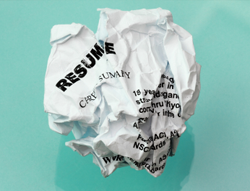Motivational Fit
19 April 2010

When conducting employee assessments, we should include a measure that is not so easy to define – motivation. All companies want new hires who are motivated and stay motivated once on the job. In fact, motivation may be the most important attribute that you look for in a recruit. As an indicator of future performance, motivation rates higher than competence.
Signs of an unmotivated employee are easy to identify – absenteeism, late for work and meetings, and attitudinal problems are indications that your employee lacks motivation. Measuring motivation is harder. One can easily feign enthusiasm in a job interview but it is harder to sustain it longer term in a position.
There is a close alignment between job fit and motivational fit. While money and perks are always an attraction, at the same time, an employee will choose jobs that interest and engage her. With a higher level of motivation, an employee is more likely to realize personal satisfaction.
Development Dimensions International (DDI) has recently published a useful tip sheet on interviewing for motivational fit. Good advice from DDI includes focusing on behavior rather than negative and positive responses. If a job candidate who arrives to work late two or three times a week claims that he can hardly wait to get to work in the morning, focus on the actions not the words.
Once in the job, employers have a great responsibility to ensure that employees remain motivated. In The Five Mistakes You Are Making With Top Talent, the Wall Street Journal warns employers to keep “high potentials” motivated by given them special consideration, guidance and status.




